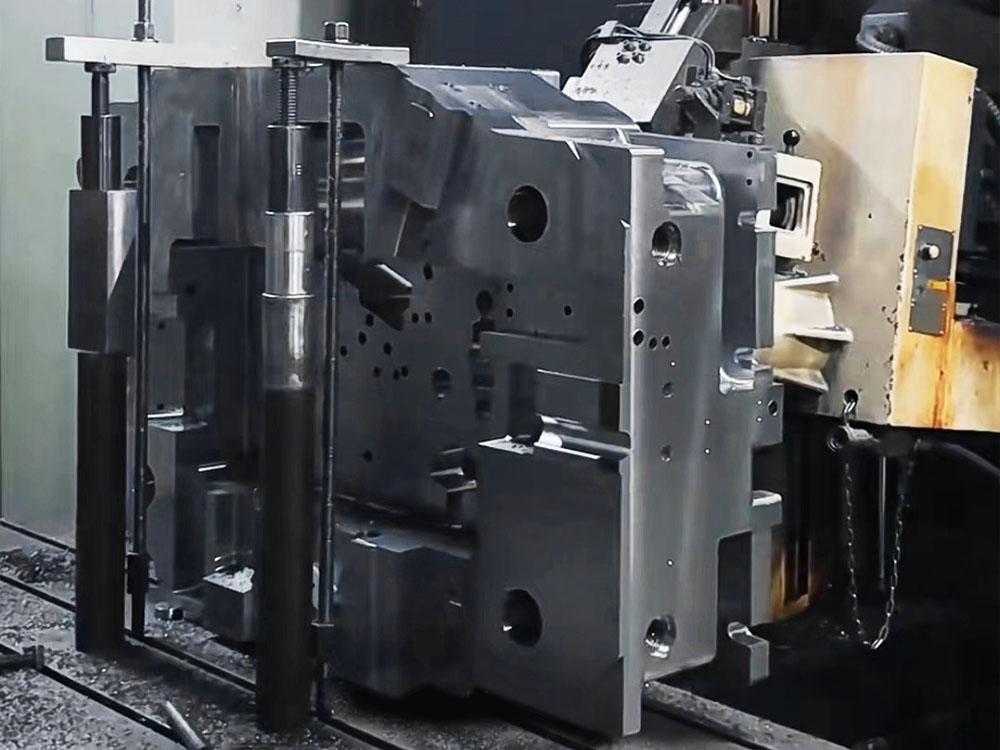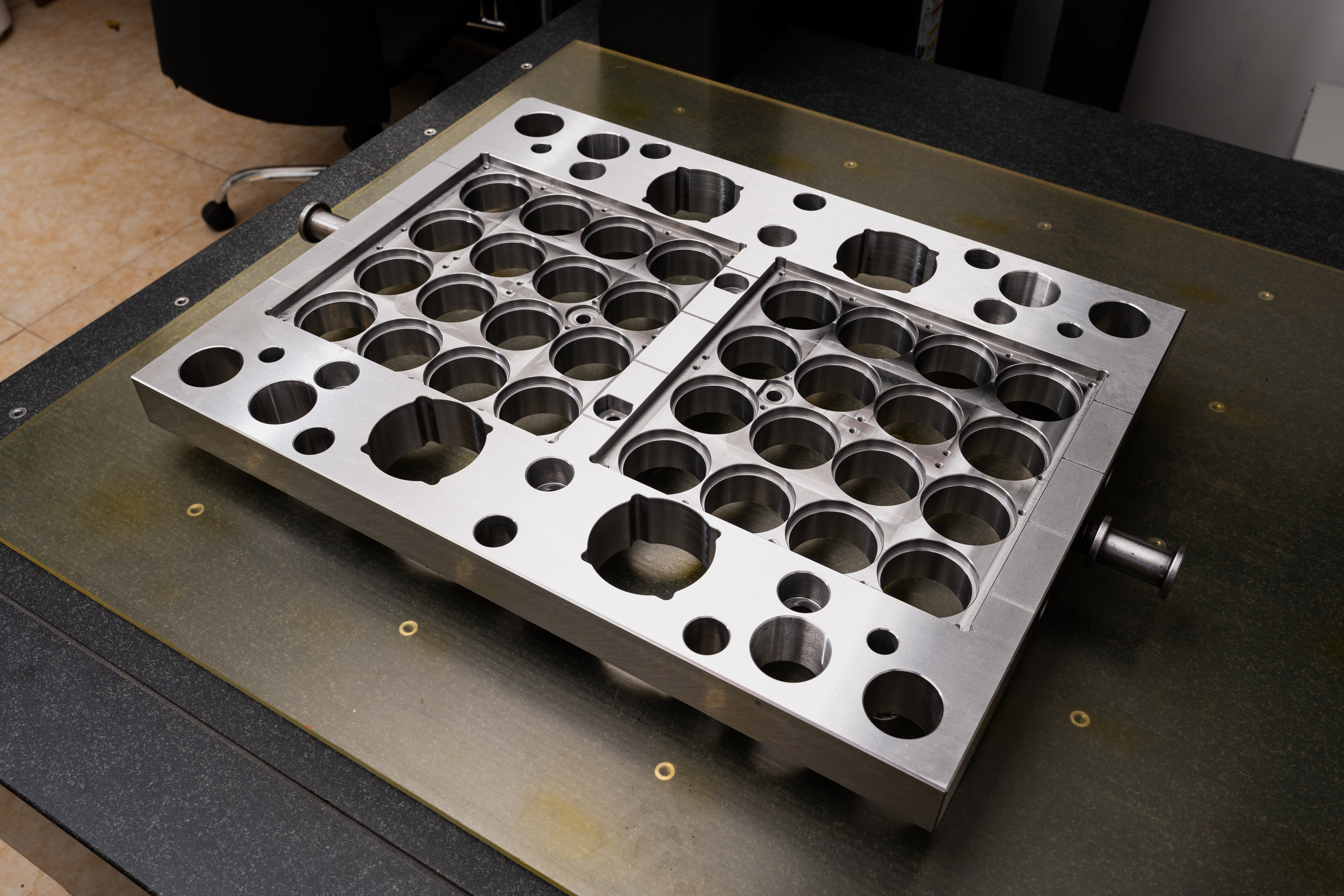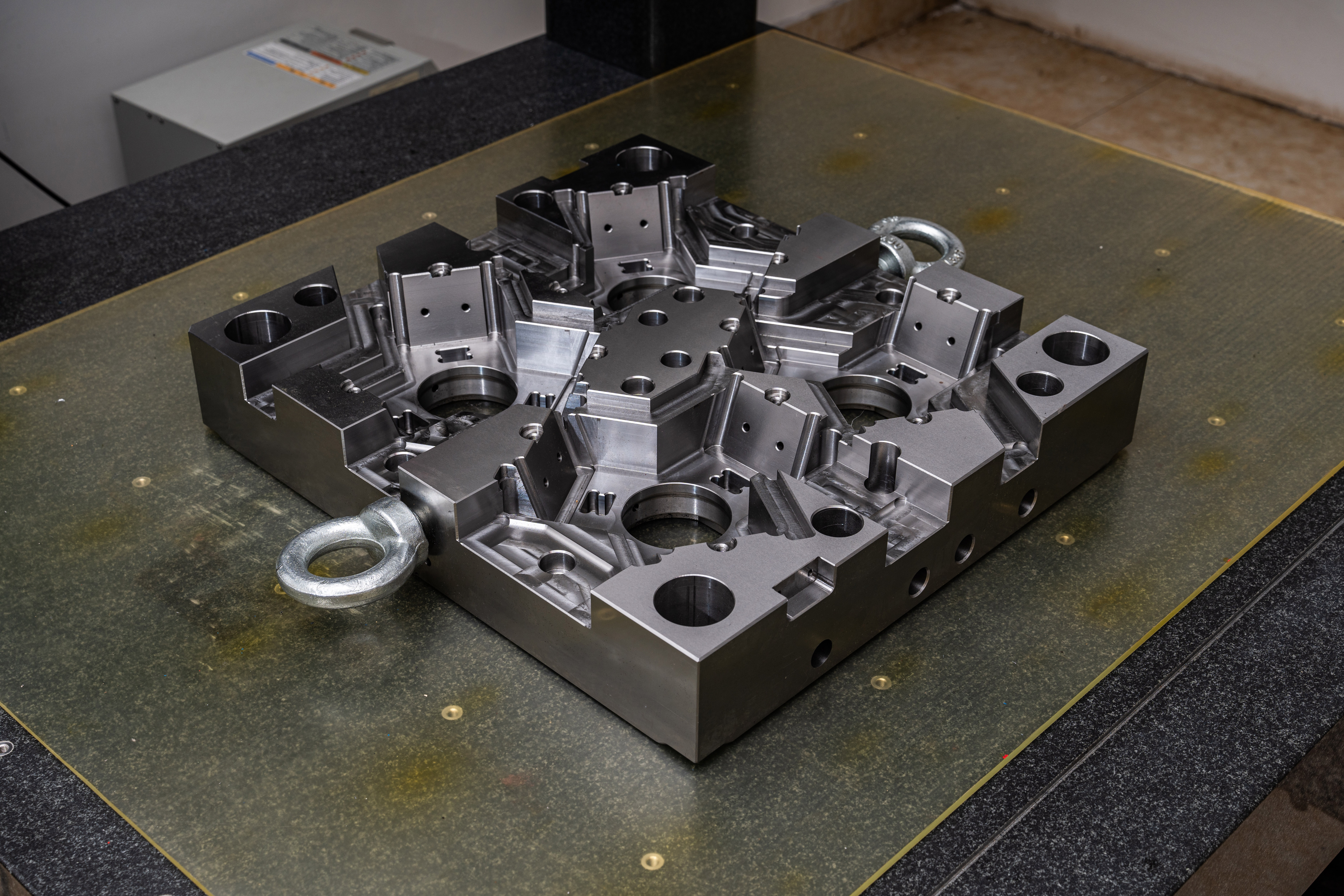What is a high-rise formwork system?
A high-rise formwork system is a specialized tool used in the construction industry to create the concrete structure of tall buildings. This system consists of various components, including panels, props, connectors, and supports, which work together to provide support, stability, and shape to the concrete during the pouring and curing process. The use of a high-rise formwork system ensures the efficient construction of tall structures while maintaining safety standards and meeting architectural requirements.
Components of a high-rise formwork system
1. Panels: Panels play a crucial role in the formwork system. They are typically made of metal or wood and can be adjusted to different sizes and shapes. These panels are connected to each other to create a mold that defines the shape of the concrete structure.
2. Props: Props, also known as vertical supports, provide vertical strength to the formwork system. They are adjustable and used to maintain the desired height and stability during the pouring and curing process.
3. Connectors: Connectors are used to fasten the panels together securely. They ensure that the formwork system remains stable and can withstand the weight and pressure of the concrete. Connectors can be in the form of clamps, bolts, or other specialized devices.
4. Supports: Supports, such as horizontal beams or trusses, distribute the weight of the concrete and provide additional stability to the formwork system. They are essential in high-rise construction to prevent any deformation or collapse of the structure.
The process of using a high-rise formwork system
1. Planning and design: Before the construction begins, engineers and architects carefully plan and design the formwork system according to the building's specifications and requirements. This includes determining the size, shape, and materials to be used.
2. Assembly: Once the design is finalized, the formwork system is assembled on-site. The panels, props, connectors, and supports are put together following a systematic approach to ensure stability and precision.
3. Concrete pouring: After the formwork system is fully assembled, the concrete is poured into the mold, filling the entire structure. Care must be taken to ensure that the concrete is evenly distributed and free from any air bubbles, which could weaken the structure.
4. Curing and removal: Once the concrete is poured, it goes through a curing process to attain its full strength. The formwork system is left in place until the concrete has sufficiently hardened. Afterward, the formwork is carefully removed, revealing the finished concrete structure.
Advantages of using a high-rise formwork system
1. Efficiency: A high-rise formwork system allows for efficient construction of tall buildings by providing a standardized and repeatable process. This results in reduced construction time and improved productivity.
2. Safety: The use of a high-rise formwork system ensures the safety of workers by providing a stable working platform and minimizing the risk of accidents. It also allows for better control of concrete pouring, reducing the chances of structural failures.
3. Quality: The formwork system contributes to the high-quality finish of the concrete structure by providing a precise and uniform mold. This results in a consistent appearance and structural integrity of the building.
4. Cost-effectiveness: Despite the initial investment required for a high-rise formwork system, it offers long-term cost savings. By improving construction efficiency, reducing labor requirements, and minimizing material wastage, the formwork system proves to be a cost-effective solution.
Conclusion
A high-rise formwork system is an essential tool in the construction industry, particularly for the construction of tall buildings. Its use ensures efficiency, safety, and high-quality results. With the advancements in technology and materials, formwork systems continue to evolve, providing better solutions for the construction of complex and innovative structures.




